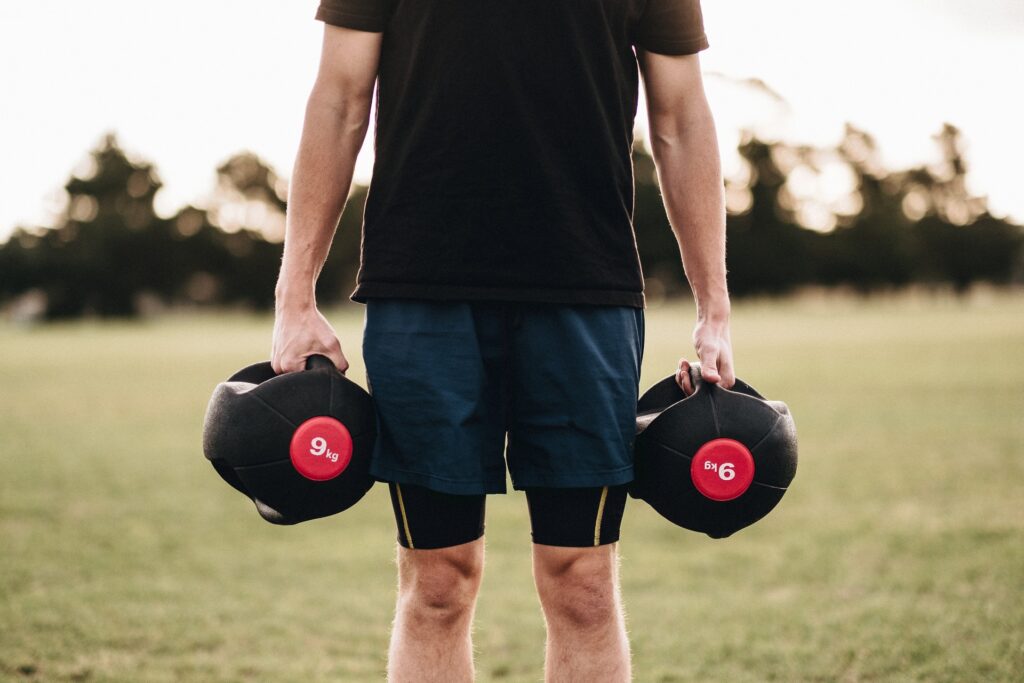What is FITT and how can it improve your wellbeing?
Editorial feature

If you feel that your health and wellbeing have hit a plateau, then perhaps you should consider the FITT principles.
Doing the same thing will get you the same results is an old adage that holds true when applied to the human body.
As an evolutionarily-honed collection of functions, the human body has developed into an extremely efficient machine and will always take the path of least resistance when it comes to the conservation of its energy and resources.
It is also extremely adaptable to external stressors; changes in terrain, temperature and even the fuel it uses are made rapidly in order to maintain its primary function of survival – locomotion.
Therefore, when presented with regularly occurring periods of physical demand, it will channel its resources into permanently adapting its musculoskeletal, cardiovascular, and cellular systems, making them as efficient as it possibly can to meet these demands.
How does the body adapt?

The human body adapts to exercise in two main ways: acute and chronic physiological responses.
Acute refers to immediate changes in the body’s systems, such as an increase in heart rate, while chronic responses are from long-term adaptations to exercise, such as better utilisation of muscle glycogen and blood glucose, increases in neuromuscular activation and intermuscular coordination, becoming more efficient at regulating the ion and molecule accumulations which lead to muscle fatigue and myriad other metabolic and hormonal changes.
Each of the changes your body makes is part of its drive towards optimum efficiency. How you exercise, and how often, will influence these adaptations and will determine how long they take.
These changes, and how quickly they occur, will be determined by the frequency, intensity, time and type of your exercise sessions.
Your general level of fitness when you begin an exercise session or programme will also influence how fast, or how much, your body adapts within a given time frame.
True to the law of diminishing returns, a sedentary individual who begins a moderate intensity training program five days per week in the gym, will see much greater improvements in his fitness than a dedicated cyclist who puts in 200 miles per week on his combined commute and weekend tour with his club.
Remember, it is important to make exercise a life-long habit, as any efficiency gained from long periods of exercise can be lost. This loss of adaptations is called detraining and can occur quite rapidly.
Tests have shown that after stopping training, by two weeks, VO2 max can decrease around 8%, then by another 20% after three months. However, the good news is the fitter you are the less rapidly this decline occurs.
The biological law of accommodation

When training, if the same loads and exercises are used time after time the body soon adapts and progress stalls. Following the principles of stimulus to adaptation to accommodation, we can see that strength and cardiovascular adaptation occurs in response to the stimulus of exercise.
Once the adaptation has occurred, the body has now accommodated these new demands and physiological changes slow and even cease.
Dependent on the experience of the individual, accommodation can occur in around 1-3 months – so in order to increase progression again, you will need to vary your additional exercise routine every 8-12 weeks (known as mesocycles) and vary the intensity and order.
Exercise stimulus MUST vary in order to be beneficial – the key here is the exercise differential – how much you stress the body with something it isn’t used to.
The FITT principles
- Frequency: how often you exercise
- Intensity: how hard you exercise – for cardio that could be how fast you run. For strength training it could be how much load you apply
- Time: the duration of your exercise (total session time or timings of work/rest periods)
- Type: the type of exercise you undertake.
FITT recommendations

Frequency and Time
These are the most commonly manipulated of the principles – ‘if I want to get better I’ll run more often and for longer’. Although this makes perfect sense on the surface, and will, in fact, work at improving your fitness; in a well-trained individual it’s merely applying a more-of-the-same approach and so noticeable improvements in performance will seem minimal; your aerobic system is already well developed.
This ‘more for longer’ approach can even increase the risk of injury, long-term, due to over-use and/or the development of musculoskeletal imbalances.
Try it!
As a progression, try aiming for an additional increase in duration of cardio sessions by 10% each week.
Intensity
The next most commonly altered principle refers to how hard you exercise. With cardio this is usually referred to in terms of low, medium and high intensity with corresponding heart rates to match.
In your training it is important to utilise a mixture of low, medium, and high-intensity cardio exercises in order to stimulate the body’s different energy systems and help avoid overtraining injuries.
Moderate is 40-60% of your heart rate reserve (HRR), 60-90% is considered vigorous.
You can calculate your HRR by subtracting your resting heart rate from your maximum heart rate (use formula 206.9 – (0.67 x age) to determine your max heart rate), multiply the result by 0.4 for 40%, 0.9 for 90% etc.
Try it!
For progression, try starting off your cardio session in the low-moderate HRR range (40%) then increase your HRR% target by 10% every 2 weeks.
Type
This is the principle that will perhaps yield the most benefits in terms of noticeable progression. In particular, strength training is the one oft-touted as the best way to quickly and efficiently feel noticeable changes in your performance.
For example, adding a strength training session of dumbbell squats to your routine, even just once per week, can be very beneficial in helping prevent injuries and building speed and power by strengthening and balancing the muscles and connective tissues in your legs.
Muscular imbalance can be a key factor in injuries and undertaking a holistic approach to leg strengthening can ensure your quad and hamstring groups, ab & adductors and hip flexor groups, are all supporting each other as they should.
Strength training will help you sprint faster (on feet or wheels) by improving neuromuscular coordination, efficiency and power output.
Try it!
For progression, choose your exercise and aim for a load you can perform around 12 reps with, for 3 sets. Try increasing your load by 10% every two weeks and/or try to add an extra rep each session.
*Osteopenia and osteoporosis – as you age it is important to consider that activities such as swimming and cycling have little bearing on lower limb bone density due to their low impact nature.
In order to help maintain bone density and truly benefit from a change in ‘type’, choose a mode of exercise which loads the skeleton along lines of gravity.
Variety is the spice of life

If you feel like you have reached a plateau in your fitness gains, and keeping your fitness progressing like it used to seems to be an uphill struggle, then taking the time to speak to a health & fitness professional or even just planning yourself a new routine or session outside of your normal ‘box’ of exercises will pay dividends, and quite quickly too.
All it requires is a little extra work, but soon you’ll be seeing the benefits from all that FITT-ness!
As with everything, play around with it, have fun and be safe.
To see your company in any upcoming features we are arranging please email editorial@hurstmediacompany.co.uk






